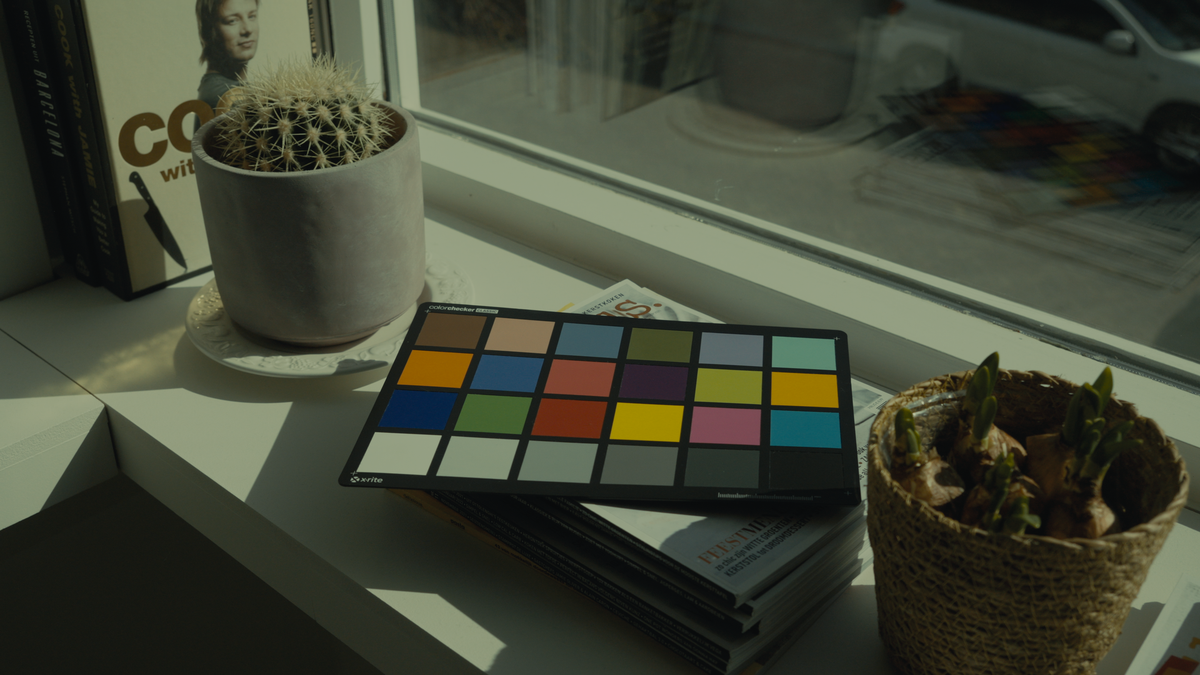When setting up a color grading suite at home or on the go, one of the most crucial questions you’ll face is how to ensure accurate video monitoring. As a freelance colorist, you need to trust what you see on your screen. This is where the Blackmagic UltraStudio Mini Monitor comes into play. But do you really need it? In this post, we’ll explore what it does, how I’ve integrated it into my setup, and why it might just be the missing piece in your color grading workflow.
What Is the Blackmagic UltraStudio Mini Monitor?
The Blackmagic UltraStudio Mini Monitor is a compact, reliable device that connects to your computer via Thunderbolt or PCIe. Its primary purpose? To output a true video signal to an external monitor, bypassing your computer’s operating system and color pipeline.
Why Does This Matter?
Most computers add layers of color processing before sending the image to your monitor. This can result in subtle but significant color shifts. As a colorist, you need to see the unaltered video signal – exactly as it’s meant to look. The Mini Monitor ensures accuracy by delivering a clean, professional-grade signal directly to your external display.
How I Use the Mini Monitor in My Home Grading Setup
In my own workflow, I use the Mini Monitor to send a clean video signal to my calibrated Eizo monitor. It’s not as high-end as a Flanders Scientific display, but it gets the job done perfectly for a home studio.
Setting It Up Is Simple:
- Connect the Mini Monitor to your computer using a Thunderbolt cable (or install the PCIe version if you’re using a desktop).
- Choose Your Output – Use an SDI cable for professional monitors or an HDMI cable for other displays.
- Configure DaVinci Resolve – Go to Preferences > Video and Audio I/O, and select the Mini Monitor as your video output device.
- Calibrate Your Monitor – This step is crucial to ensure the accuracy of your grading.
With this setup, I can trust that the image on my monitor is not affected by my operating system's color pipeline, giving me confidence in my color grading decisions.
Why Accurate Monitoring Is Essential for Freelance Colorists
Whether you’re working on a big-budget commercial or a passion project, accurate monitoring is non-negotiable. If your display isn’t showing the true image, your grading choices won’t look the same on other screens.
The Blackmagic Mini Monitor solves this by ensuring color consistency across different devices. It’s also an affordable solution compared to other professional video interfaces, making it ideal for freelance colorists and small studios.
My Experience Using the Mini Monitor
I’ve been using the Mini Monitor for several weeks now, and it has transformed my workflow. I no longer worry about macOS’s color pipeline interfering with my grades. Knowing that I’m seeing an accurate representation of the video signal lets me focus on the creative aspects of color grading.
Bonus for Client Work
The Mini Monitor is also fantastic for client review sessions. If you’re working remotely, you can pair it with tools like Frame.io or Blackmagic’s Cloud Store to ensure your client sees exactly what you see. This consistency builds trust and avoids any unpleasant surprises when the project is delivered.
Should You Get One?
If you’re serious about color grading and want to achieve professional results at home, the Blackmagic UltraStudio Mini Monitor is a must-have. It’s affordable, easy to set up, and ensures your grades are accurate and reliable.
Who Is It For?
- Freelance Colorists needing accurate monitoring without breaking the bank.
- Small Studios looking for a cost-effective way to ensure color consistency.
- Filmmakers and Content Creators wanting to level up their color grading game.
Final Thoughts
The Blackmagic UltraStudio Mini Monitor is one of those tools that you don’t realize you need until you start using it. It’s a game-changer for anyone who values color accuracy and wants to ensure their grading decisions translate perfectly across all screens.
If you’re still on the fence, consider the importance of color accuracy in your projects. Whether you’re grading short films, commercials, or YouTube content, having a reliable monitoring solution can make all the difference.
Watch the Video
For a more detailed look at how I use the Mini Monitor in my home grading setup, check out my YouTube video where I walk through the entire process and share my personal experiences with this fantastic device.

